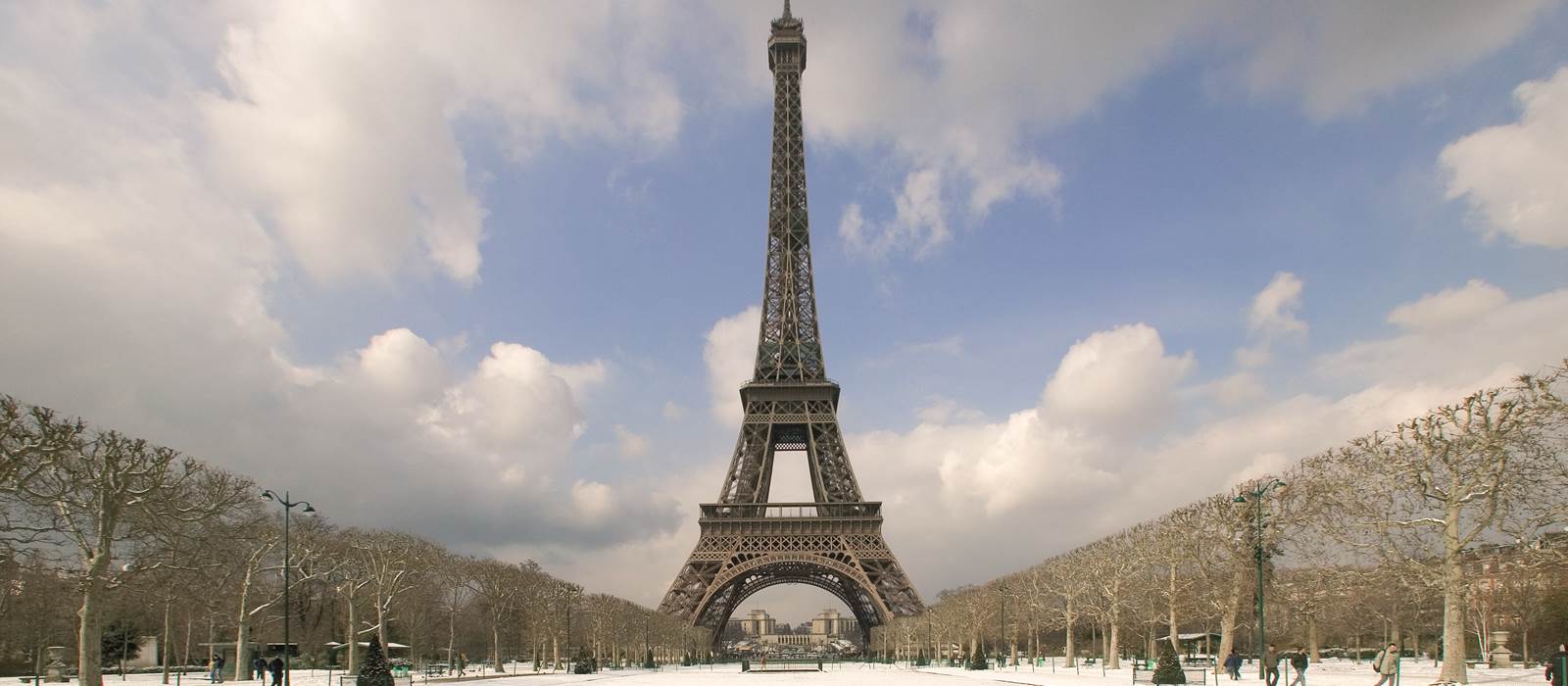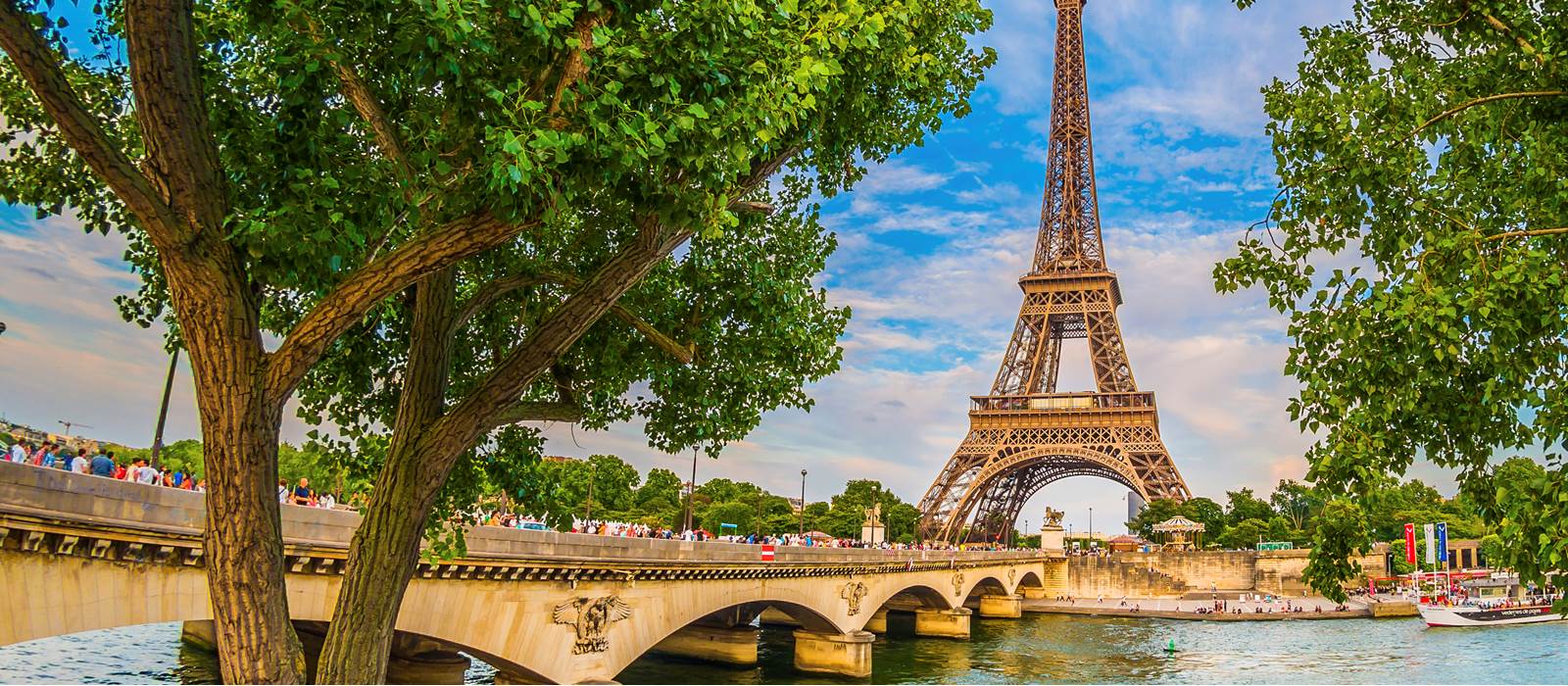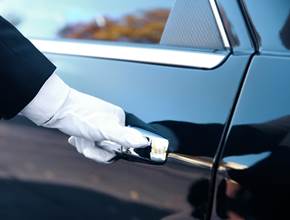
The Eiffel Tower
Discover its Rich History, Fascinating Facts & Visitor Information
While the lattice framework of the Eiffel Tower will be instantly recognisable to most, the details of its fascinating history may be lesser known. Opened in 1889, the Art Nouveau structure has attracted almost 250 million visitors to date and has become the world’s most visited paid-entry monument. It has gained a reputation for being one of the most romantic destinations for marriage proposals and an unmissable attraction for all ages in a city full-to-the-brim with some of the world’s most iconic landmarks, museums and galleries. Its decorative arches are internationally admired with over 30 replicas as far away as Nevada and Tokyo, and it has played a key part in France's scientific advances. Discover the story behind France’s very own ‘Iron Lady’ and plan your visit to this famous monument during your next stay at Hotel Balzac.
History
On the 31st of March 1889, Alexandre Gustave Eiffel climbed the 1,710 steps of his namesake tower. His aim was to tie France’s blue, white and red flag to its peak… a fitting inauguration for what would become the international symbol of his country. This 324 metre tall monument was not the work of just one man though. The Journal Officiel launched a competition to ‘study the possibility of erecting an iron tower on the Champs-de-Mars’. The structure would provide a grand entrance to the 10th Exposition Universelle, a world fair held to commemorate the 100th anniversary of the French Revolution. There were 107 entries, and the winning design was created by Eiffel, engineers Maurice Koechlin and Emile Nouguier, alongside architect Stephen Sauvestre.
It took 50 engineers and designers, 150 factory workers and up to 300 onsite workers, two years, two months and five days to construct this feat in French engineering. While protesters described it as ‘the dishonour of Paris’, the majority of the city - and the world - adored the Eiffel Tower. It attracted 12,000 visitors a day during the fair, which shouldn’t be surprising considering it was the world’s tallest man-made structure (which it remained for the next 41 years until New York’s Chrysler Building opened).
Scientific Advances
The Eiffel tower was only meant to remain dominating Paris’ skyline for 20 years, however Gustave Eiffel was keen to secure its future by finding a practical use for his creation. He dedicated the final 30 years of his life to scientific experiments along its lace-like structure; from studying astronomy in his top-floor office, to building wind tunnels at its foot. The most significant, and fruitful, result of this work was related to building an aerial mast for wireless broadcasting.
The Eiffel Tower hosted the first radiophonic experiments and was used to intercept messages between Germany and Spain during the First World War. By jamming German radio communications, the tower’s transmitters helped slow the advance of German soldiers at the First Battle of Marne in 1914, and also played a part in the arrest of the exotic-dancer-turned-spy, Mata Hari. The tower also went on to play a central part in the launch of French TV and now boasts 120 antennas.
Fascinating Facts & Sporting Feats
As one of the world’s most awe-inspiring and recognised monuments, the Eiffel Tower has attracted the attention of many leading artists, sports fanatics… and has also been the setting for many legendary stories. For example, did you know that the tower was ‘sold’ twice for scrap metal by the notorious con artist, ‘Count’ Victor Lustig? Upon reading that the tower was in a state of disrepair in 1925, Lustig set up a meeting and successfully posed as a French government official keen to sell the tower due to ‘… engineering faults, costly repairs and political problems…’. His first buyer was a business man keen to make a name for himself in Paris, who, once the truth came to light, chose not to press charges to save face. The authorities were alerted during his second attempt and Lustig fled to America.
It’s second floor was once home to the printing press of Le Figaro newspaper, while a gun was fired on the tower to signal noon on a daily basis until 1907, when a 20 foot giant clock was introduced. It’s been featured in films such as 1957’s Funny Face, 1963’s Paris When it Sizzles and 2006’s The Da Vinci Code, as well as becoming the subject of paintings by the likes of Paul Signac, Marc Chagall and Robert Delaunay. Jean Cocteau called it a ‘…beautiful giraffe in lace…’ and wrote a libretto that inspired a ballet called 'Les Mariés de la Tour Eiffel' that was first performed in 1921.
The Eiffel Tower’s height and its many stairs have also attracted the attention of many sports enthusiasts over the years. It’s been the site of bungee-jumps, parachuting and abseiling, while its stairs have been navigated via monocycle, wheelchair, and mountain and motocross bikes. Its floors and base have hosted giant hopscotch, a golf tournament, a diving pool, a snow trail with ice bar…and there’s even been a 700 metre tightrope walk from the tower to the Palais de Chaillot.
The oldest elephant in the world managed to walk up to its first floor in 1948, while 227 competitors took part in a ‘Stair Climbing Championship’ held by newspaper ‘Le Sport’ in 1905. Meanwhile, the future Mayor of Montmartre, Pierre Labric, cycled down the first floor stairs in 1923 in order to win a ‘cup’, which can now be found in the tower’s cellars…before being arrested by police waiting at the bottom. From inspiring art to providing some of the most entertaining anecdotes in all of Paris, the Eiffel Tower boasts a truly fascinating history.
Visiting the Eiffel Tower
Visiting the Eiffel Tower couldn’t be easier during a stay at Hotel Balzac. Those keen to explore the city’s streets will be able to enjoy a 30 minute door-to-door stroll, while the nearest Metro and RER stations are Bir Hakeim, Trocadéro and Champ de Mars-Tour Eiffel. Though open 365 days a year, just under seven million visitors flock here every year and pre-booking is advised. Lifts are available between the tower’s three floors, however, keen walkers may prefer to take the 704 step climb to the second floor and enjoy outstanding views through its lattice frame.
Alongside the chance to admire a panoramic of Paris, each floor also boasts its own array of attractions to explore. The first floor is home to a 300 capacity events space, a souvenir shop and Le 58 Tour Eiffel restaurant, where lunch can be served in a chic picnic basket. It also offers a range of learning tools including touch screen displays and projections, as well as a specific section dedicated to children, where parents can pick up an activity booklet to entertain little ones. Finally, and perhaps, most importantly, its floor is entirely transparent… 57 metres above ground.
Meanwhile, the second floor offers the chance to see the city in a little more detail thanks to telescopes, and visitors can also opt to sample contemporary French fine-dining created by renowned chef Alain Ducasse at Le Jules Verne restaurant. However, those seeking to toast to an extra special occasion may fancy a trip up to the Champagne Bar on the top floor. Snack shops selling salads, cakes, pastries and drinks can also be found on the ground, first and second floors, alongside the tower’s very own colourful macaron bar on the second floor.
Those seeking to find out more about the tower’s history may want to book a place on its two guided tours. The ‘Behind the Scenes’ tour offers exclusive access to specific areas normally out of bounds to the public, while the ‘Show Visit’ option will deliver an educational, theatrical love story performed by an actor. Seasonal attractions include the stunning New Year’s fireworks, themed summer terraces and a sparkling ice rink in the winter, however one of its most magical moments happens every single night of the year. For five minutes on the hour, every hour from nightfall until 1am, the tower appears to sparkle. This spectacle sees the tower bathed in golden light while 20,000 white light bulbs flash on and off to provide a glittering effect… and the result is utterly mesmerising.
Whether you’re keen to find out more about the history behind one of the world’s most admired architectural triumphs…or simply want to admire views over the capital, a visit to the Eiffel Tower is a must during a five-star stay in Paris.



